Transcription of Analysis of Business Models - Journal of …
1 1 Analysis of Business Models Sl vik tefan, Bedn r RichardAbstract The term Business model has been used in practice for few years, but companies create, define and innovate their Models subconsciously from the start of Business . Our paper is aimed to clear the theory about Business model , hence definition and all the components that form each busi-ness. In the second part, we create an analytical tool and analyze the real Business Models in Slo-vakia and define the characteristics of each part of Business model , , customers, distribution, value, resources, activities, cost and revenue. In the last part of our paper, we discuss the most used characteristics, extremes, discrepancies and the most important facts which were detected in our : Business model , Canvas, customer relationship, distribution channels, customer segments, value proposi-tions, key resources, key activities, partners, cost structure, revenue streamsJEL classification: M10, M211.
2 IntroductIonThe post-industrial 21 century is characterized by instability and turbulence in a Business envi-ronment. Companies change not only their products, but also culture, ways of selling, relation-ships with customers or internal structure. They are trying to stay on the market, differentiate from their competitors and create value added, which gives them an advantage for a long time. New technologies, better education, globalization, new communication tools and sophisticated distribution networks create new opportunities for Business development. The main aim of this Business Models Analysis is to identify Business systems, new trends and the first part of this paper is compiled overview of knowledge about the Business model as the visualization concept and its components, with regard to different views of authors.
3 Using this knowledge, we create the research tool for the analyzing of real Business Models and their com-ponents. In the second part of the article are presented the results of Business Models research, their characteristics and trends. In the last part we discuss about the most important results. 2. concepts of Business Models The term Business model comes from the financial journalist Michael Lewis, who in his articles predicted that future companies will be based on Business Models connected only with the Inter-net. David T. Teece (2010) considers that Business model still has no fixed theoretical founda-tion in economics. It is really difficult to identify those processes and components, which are necessary for Business and would define a creation of value in a company comprehensively and fundamentally.
4 Vol. 6, Issue 4, pp. 19-40, December 2014 ISSN 1804-171X (Print), ISSN 1804-1728 (On-line), DOI: of Competitiveness 17:11:23 Journal of Competitiveness 0 Several authors define a Business model as a system for making money. In their opinion, Business model is an economic concept, which produces revenues and costs. It is a set of activities, which create profit due to the cooperation of processes and technologies. Definitions of authors, who see the Business model as the economic concept, are presented in Tab. 1 - Economic Business modelAuthorDefinitionAllan Afuah Business model is a framework for making money. It is the set of activities which a firm performs, how it performs them and when it performs them so as to offer its customers benefits they want and to earn a profit.
5 (Afuah, 2003)Itami a Noshino Business model is a profit formula, system of Business and learning system. (Baden-Fuller & Morgan, 2010)John Mullins Randy Komisar Business model is the pattern of economic activity cash flowing into and out of your Business for various purposes and the tim-ing thereof that dictates whether or not you run out of cash and whether or not you deliver attractive returns to your investors. In short, your Business model is the economic underpinning of your Business , in all of its facets. (Mullins & Komisar, 2009)Henry Chesbrough The Business model is a useful framework to link ideas and tech-nologies to economic outcomes.
6 (Chesbrough, 2006)Don Debelak A Business model is the instrument by which a Business intends to generate revenue and profits. It is a summary of how a company means to serve its employees and customers and involves both strat-egy as well as an implementation. (Debelak, 2006)Alfonso Ganbardella Anita McGahan Business model is a mechanism for transformation ideas to revenues through the acceptable costs. (Baden-Fuller & Morgan, 2010)Thomas Wheelen, David Hunger Business model is a method for making money in the concrete busi-ness environment. It is consisted of key structural and operational characteristics of company how company earn and create profit.
7 (Wheelen & Hunger, 2008)Purely economic view of the Business model does not represent a complex view on the company. The Business model should (except of production revenues and costs) capture also the other side of the Business and it is creating value. The definitions in Tab. 2 present opinions, which see Business model as a combination of economic and value view. 17:11:23 1 Tab. 2 - Economic and value Business modelAutorDefinitionDavid Watson A Business model describes operations of company, including all of its components, functions and processes, which result in costs for itself and value for customer. (Watson, 2005)David J.
8 Teece Business model defines how a company provide value to cus-tomer and transfer payments to profit. (Teece, 2010)Joan Magretta Business Models are, at heart, stories that explain how enter-prises work. Like a good story, a robust Business model contains precisely delineated characters, plausible motivations and a plot that turns on an insight about value. It answers certain questions: Who is the customer? How do we make money? What underlying economic logic explains how we can deliver value to customers at an appropriate cost? (Magretta, 2010)Michael Rappa Business model is the method of doing Business by which a company can sustain itself that is generating revenue.
9 The busi-ness model spells-out how a company makes money by specifying where it is positioned in the value chain. (Rappa, 2010)Wikipedia Business model describes the rationale of how an organization creates, delivers and captures value (economic, social, cultural, or other forms of value). ( )Alexander Osterwalder Yves Pigneur A Business model describes the logic of how an organization creates, delivers and control value and how money are earned in a company. (Osterwalder & Pigneur, 2009) tefan Sl vik The Business model is a machine for making money, but money is important not only to produce but also to appropriate. Business model visualizes company as a place of decisions and consequences, it is a group of resources and activities in the varying degrees of detail and operational view, which result and serve to offer value to customer.
10 (Sl vik, 2011)We think that the Business model is a system of resources and activities, which create a value that is useful to the customer and the sale of this value makes money for the com-pany. The purpose of the Analysis of Business Models is to deepen and broaden the knowledge about basic components of a Business model . We see the importance of this aim in improving the functionality and economy of the Business Models , and in ,,discovering and developing competi-tive advantage, which can be detected by the companies themselves (Sl vik, 2011) .According to John Mullins and Randy Komisar (2009) successful Business model stands on five pillars, which predetermine the economic viability of the Business .
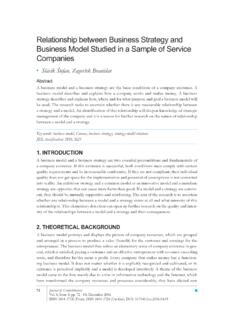
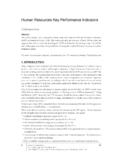
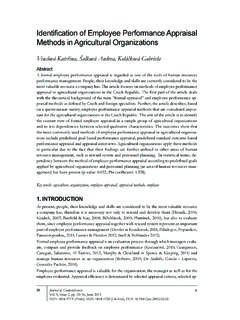
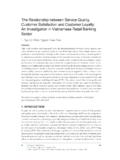
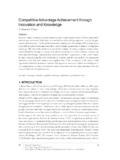
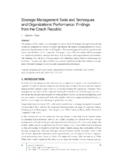
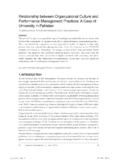

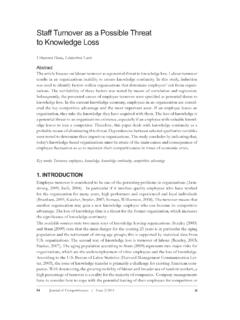
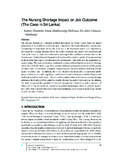
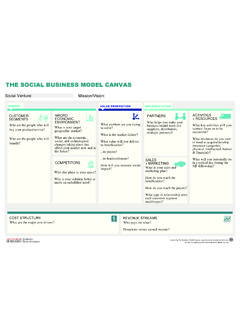
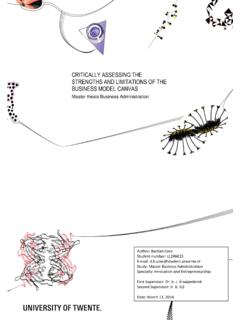


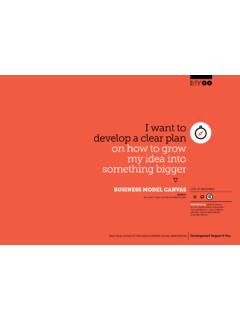
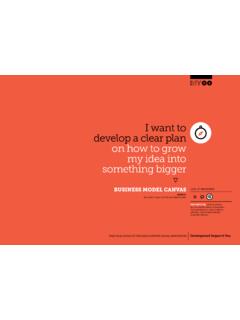

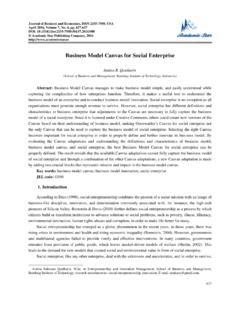

![CWT 1dbX]Tbb <^ST[ 2P]ePb 3TbXV]TS U^a) …](/cache/preview/0/6/9/7/0/6/d/e/thumb-069706de32ac780ef219ca36b5ba0904.jpg)